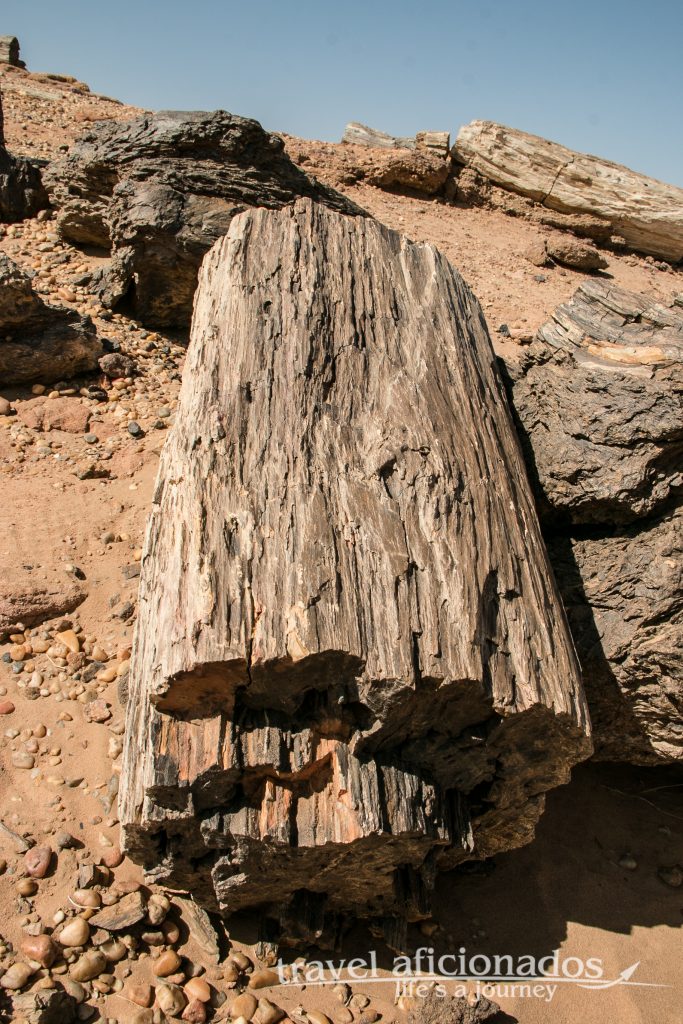Karima is plastered with ancient sites, ancient in one case means millions of years. The Petrified Forest outside the village of El Kurru is that old. A lot younger are the pyramids and tombs from the Kushite Period and the remains of Palace of Amun at the foot Jebel Barkal.
On our way to the village of El Kurru our taxi driver pulled up to a few men chatting next to the road. Eventually one of them climbed into our taxi, leaving Kelly and me confused. Having experienced many such moments when traveling I stayed calm and as it turned out the taxi driver had stopped to ask Mohnad, a local who spoke some English, whether he would serve as a guide for the two lady tourists. Eagerly Mohnad joined us on this little excursion and we learned so much we would have missed otherwise.
One in El Kurru, he sent for the guardian of the tomb who unlocked the ancient wooden door and equipped with a flashlight we climbed down to the Burial Chamber of Tanutamani, El-Kurru was one of the royal cemeteries used by the Nubian royal family. Most of the pyramids date to the early part of the Kushite period, around 800-300BC.
We could not believe that we were actually entering a tomb over two thousands years old with intact wall paintings. Of course, we felt a bit of guilt, since such visits are certainly harmful to the painting, but these feelings were overridden by the immense sense of curiosity and “once in a life-time-feeling”.
Back in the taxi, Mohnad had more plans for us, the Petrified Forest has been waiting for us. Within a short ride we arrived in an area trunks were laying around in the desert sand, laying around for millions of years.
Nothing would have kept me from climbing to the top of Jebel Barkal, I knew the view would be overwhelming. Kelly would not have it, so I started off alone. I chose the rocky northern face for going up and after about 30 minutes I stood at the top, spellbound. The Nile meandering behind thick green palm groves, small villages with tall minarets pointing towards the sky, a desert to the north and about six small pyramids in the west.
The ancient Egyptians and Kushites alike believed that the mountain was the home of God Amun and the throne of “Two Lands” Egypt and Nubia. The ruins of the temple dedicated to that god lie at the foot of that mountain. The best view of the temple below is from the top of the mountain, especially the lay-out and dimension of the temple is best seen from above. The temple was built in the 13th century BC by one of the first Egyptian kings who extended the empire that far north.
Watching the sun setting on the tiny little pyramids at the foot of Jebel Barkal was one of those moments in life that you want to last forever It was really hard to leave this magic place, only the fact that I had to get down the mountain before it got dark made we leave. But the best was yet to come, I raced, slid down the steep sand dune on the western face of the mountain, an ecstatic feeling.









No comments yet.